SCORES & OUTDOORS: Squirrels: my cultured, refined little thieves
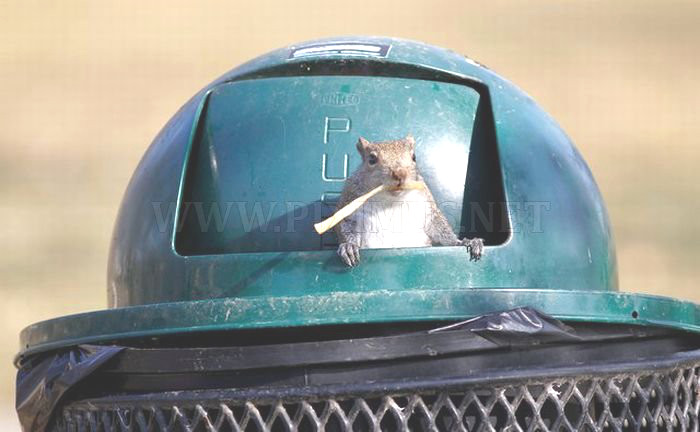
 by Roland D. Hallee
by Roland D. Hallee
I know I’ve written about gray squirrels in the past, but, I have to tell you about the two in particular that have made their home in my backyard. High in a tree, overlooking the garage, sits a large squirrels’ nest where these two reside. You rarely see them together, but when you do, it’s a comedy act rivaled by none.
I refer to them as my cultured squirrels. They have done such amazing things, that I have dubbed them Martha and Stewart because of some of their etiquettes.
For starters, my backyard is peppered with black chestnut pits. I learned a long time ago those nuts are a staple for these scavenging rodents. Annually, my wife and I visit a cemetery in China where there are horse chestnut trees. We gather a bagful and feed them to the squirrels, a little at a time.
Well, the black chestnuts were a mystery until about 10 years ago when I learned there is a black chestnut tree in the middle of Waterville, about 150 yards from my house – by the way the crow flies. These squirrels obviously make that journey to acquire those nuts, stash them in the nest, and discard the pits. I have to rake up the pits because the last thing I need is another tree growing in my backyard.
We watch them frolic around, chasing each other up and around the large pines in the backyard. We even hear them running across the peak of the roof to our house in the early mornings. Once recently, they actually looked like they were dancing on our porch railing. I had never seen that before, but there they were, face-to-face, with front feet wrapped around each other like they were about to dance to a Mozart waltz.
But, what had transpired before that was what really astonishes me. Next to the porch, on a bench, are my trash cans. One metal, one plastic. Now, quite a while ago, the squirrels had chewed a hole through the plastic lid. I repaired the hole and it stayed that way for about a year and a half. The other morning, I noticed the patch was removed. So, I applied another. Meanwhile, with the holidays coming up, my wife and I did some sorting of various foods in the pantry, and discovered a container of some outdated crackers – mini crackers about the size of a nickel. We bagged them with the rest of the weekly trash, and deposited the bag into the trash can outside for Friday’s pickup.
A few days later, I noticed one of the squirrels sitting upright on the railing, chomping away on what looked like one of the crackers. So, I couldn’t help but sit and watch his next move. Sure enough, from my vantage point, I could see where this squirrel didn’t bother to undo the repaired patch, he chewed a new hole through the lid. He jumped off the railing, went down the hole into the trash can, and came out with another cracker. I watched him do that about six times before he noticed me, and left the area.
I went outside, looked inside the trash can, and the bag containing the crackers was split open. So I placed a brick temporaily over the hole. Here’s my question: How did that squirrel know that crackers were present in a plastic bag, tied securely at the top, and deposited into a plastic trash receptacle, with the lid snapped on tightly?
It boggles my mind how keen a sense of smell these little critters have.
I wrote this column last Sunday, and thought I was finished. Well, Martha or Stewart, were back to their old tricks. As I was getting snacks together in the kitchen before the start of the football game, I saw one of them sitting on the railing licking a paper muffin cup. My wife and I had muffins for breakfast on Saturday, and he was cleaning up the leftovers. Then, I noticed in front of him, a K-cup from our Keurig machine, which it had opened at the top, and was literally having coffee grounds with his muffin. I couldn’t tell if it had a pinky in the air while doing this.
It had enlarged the hole where the brick was sitting on top of the trash can, and gone inside to help himself.
Now comes Monday: During the afternoon, there they were again, this time in the axel of a branch on a maple tree, where the two were giving each other a bath, the way a mother cat would do to its kittens. An attempt to photographed them failed. I needed some proof about these two squirrels, because when I tell these stories, people look at me like I was crazy.
The trash is now gone, so I guess the next step is to dispose of the plastic can, and purchase another metal one. I don’t mind feeding the squirrels, but my trash is personal.
Roland’s trivia question of the week:
When was the last time the New England Patriots used three quarterbacks in the same season?





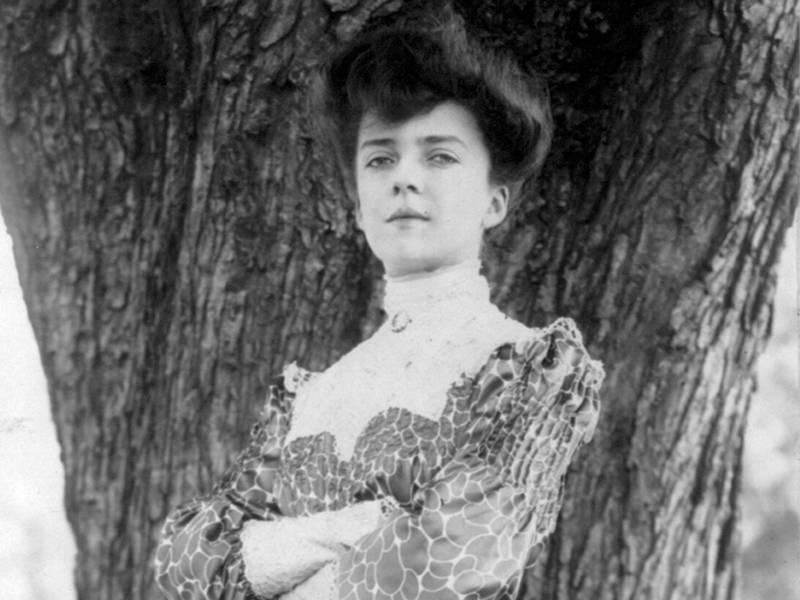

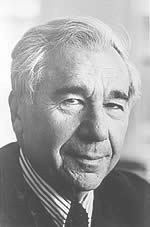
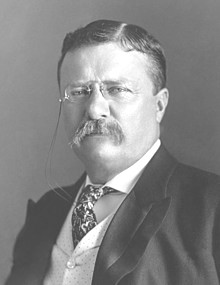

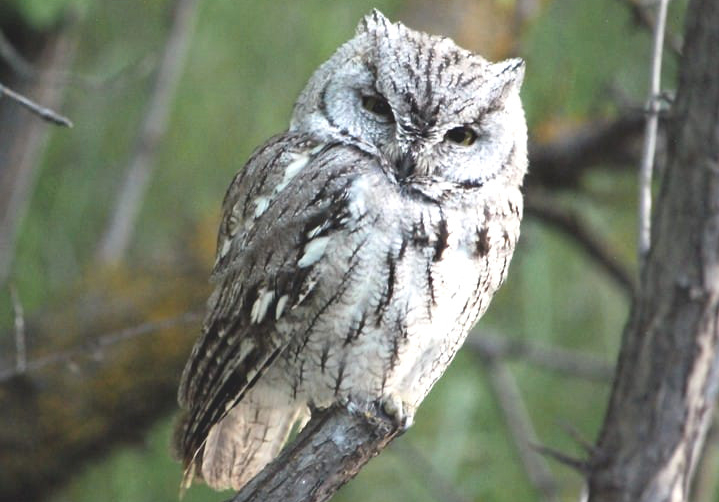
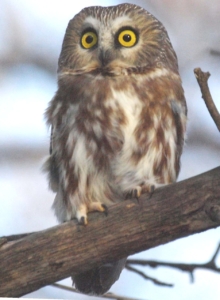
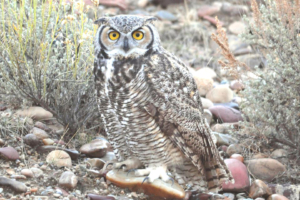
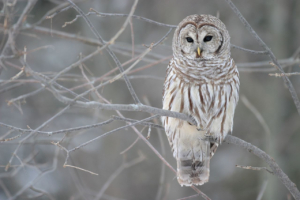
 by Larry Sikora
by Larry Sikora
